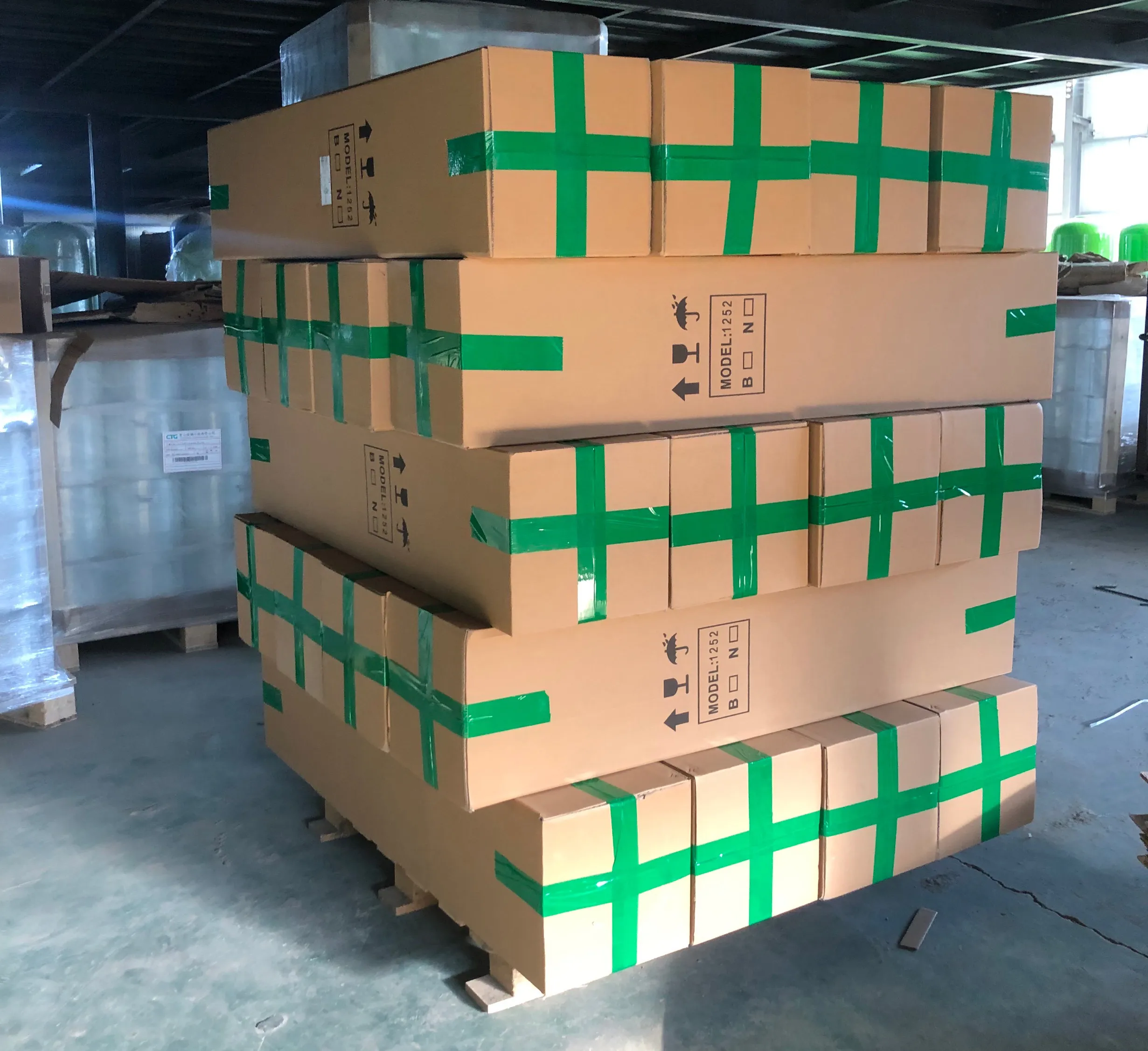loading...
- No. 9, Xingyuan South Street, Dongwaihuan Road, Zaoqiang County, Hengshui, Hebei, China
- admin@zjcomposites.com
- +86 15097380338
- Welcome to visit our website!
Advantages of Using Fiberglass Reinforced Plastic Grating for Durable and Lightweight Structural Solutions
The Advantages of Fibreglass Reinforced Plastic Grating
Fibreglass reinforced plastic (FRP) grating has emerged as a highly effective solution in various industrial and commercial applications. Combining the lightweight and flexibility of plastics with the structural integrity provided by fibreglass, FRP grating offers numerous advantages over traditional materials like steel and aluminum. This article explores the key benefits and applications of FRP grating, making it a preferred choice for many industries.
1. Lightweight and High Strength
One of the most compelling characteristics of FRP grating is its lightweight nature, which is significantly lower than that of metal alternatives. This reduction in weight facilitates easier handling and installation, leading to decreased labor costs and simplified transportation. Despite its lightness, FRP grating does not compromise on strength; it is designed to withstand heavy loads and extreme conditions, making it a suitable choice for high-traffic areas.
2. Corrosion Resistance
FRP grating is highly resistant to a variety of chemicals and corrosive environments. Unlike steel, which can rust and deteriorate when exposed to moisture and chemicals, FRP maintains its integrity over time. This feature is particularly beneficial in industries such as wastewater treatment, chemical processing, and marine environments where exposure to harsh substances is frequent. The resistance to corrosion not only extends the lifespan of the grating but also minimizes maintenance costs.
The Advantages of Fibreglass Reinforced Plastic Grating
Safety is a critical consideration in any industrial setting. Fibreglass reinforced plastic grating typically features a slip-resistant surface, enhancing safety for workers and reducing the risk of accidents. Additionally, FRP grating is non-conductive, making it an ideal choice for electrically-sensitive environments. The combination of slip resistance and non-conductivity makes FRP an attractive option for facilities where worker safety is paramount.
fibreglass reinforced plastic grating

4. Versatility in Design
Another significant advantage of FRP grating is its versatility in design and application. It is available in various sizes, colors, and load-bearing capacities, allowing it to be customized to meet specific project requirements. This adaptability makes FRP suitable for a broad range of applications, including walkways, platforms, trench covers, and industrial flooring. Moreover, FRP can be molded into various shapes, enhancing its applicability in complex architectural designs.
5. Environmental Benefits
As environmental concerns become increasingly prominent, FRP grating stands out as a more sustainable option. The manufacturing process of FRP typically involves lower energy consumption compared to that of metal production. Furthermore, FRP grating is recyclable at the end of its life cycle, contributing to reduced waste in landfills. Industries looking to adopt eco-friendlier practices find FRP grating to be an attractive solution that aligns with sustainability goals.
6. Cost-Effectiveness
While the initial investment for FRP grating may be higher than some traditional materials, the long-term benefits often lead to significant cost savings. The durability and low maintenance needs reduce the frequency and expense of replacements and repairs. In addition, the ease of installation and lightweight nature of FRP can lead to reduced labor costs, further enhancing its overall cost-effectiveness.
Conclusion
Fibreglass reinforced plastic grating offers an impressive array of benefits that make it an excellent choice for a variety of industrial applications. Its lightweight yet robust construction, combined with resistance to corrosion, safety features, and versatility, positions it as a superior alternative to traditional materials. As industries continue to prioritize safety and sustainability, the adoption of FRP grating is expected to rise, marking a shift towards more innovative and practical solutions in construction and facility management.
-
GRP Structures: The Future of Lightweight, High-Performance EngineeringNewsJun.20,2025
-
FRP Water Tank: High-Performance Storage for Corrosive and Clean Water SystemsNewsJun.20,2025
-
FRP Square Tube: The New Industry Standard for Chemical and Structural ApplicationsNewsJun.20,2025
-
FRP Pultruded Profiles: The Ultimate Choice for Lightweight Structural StrengthNewsJun.20,2025
-
FRP Handrails: The Safer, Smarter, and Stronger Choice for Modern InfrastructureNewsJun.20,2025
-
FRP Grating: The Smart Solution for Durable, Lightweight Industrial FlooringNewsJun.20,2025
-
Why Choose a Galvanized Water Tank for Your Storage NeedsNewsMay.21,2025
